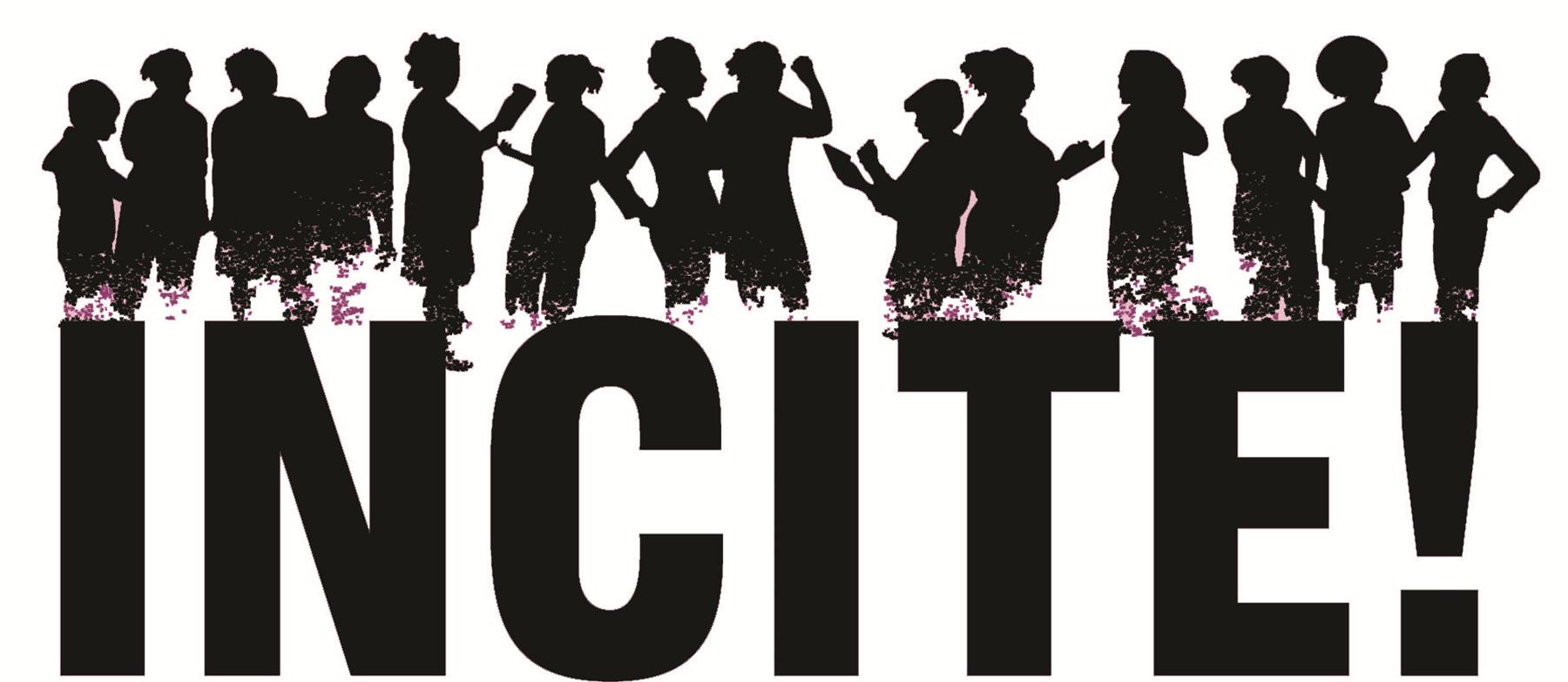Analysis
DANGEROUS INTERSECTIONS
INCITE! organizes from the framework that locates women of color as living in the dangerous intersections of sexism and racism, as well as other oppressions. Women of color who survive sexual or domestic violence are often told that they must pit themselves against their communities to address their experience of violence. Communities of color, meanwhile, often advocate that women keep silent about sexual and domestic violence in order to maintain a united front against racism. Furthermore, women of color also experience institutionalized violence such as law enforcement violence, incarceration, and sterilization abuse.
Although the anti-sexual/domestic violence movements have been critical in breaking the silence around violence against women, these movements have also become increasingly professionalized and de-politicized, and consequently are often reluctant to address sexual and domestic violence within the larger context of institutionalized violence and oppression.INCITE! recognizes that it is impossible to seriously address sexual/domestic violence within communities of color without addressing these larger structures of violence, such as militarism, attacks on immigrants’ rights and Indian treaty rights, the proliferation of prisons, economic neo-colonialism, and the medical industry.
We urgently need to build our collective organizing power to address the unique ways in which violence manifests in our lives. Therefore, INCITE! focuses our grassroots organizing on the way in which sexual/domestic violence connects with state violence.
RECENTERING VS INCLUSION
Can’t existing movements just become more inclusive?
Yes, they can. But many of them were specifically and deeply designed with the interests of white middle-class women in mind. Instead of being included in a movement intended for someone else, we choose an alternate option: to place women, gender-nonconforming and trans people of color at the center. That means letting go of assumptions about what a domestic violence program should look like, and instead asking: what would it take to end violence against women & trans people of color? What would this movement look like? When we shift the center to survivors of color and our communities, the importance of addressing state and institutional violence becomes evident. This perspective benefits not only survivors of color, but all peoples, because relying on oppressive institutions to end violence in our communities is not an effective strategy for anyone.
Also, when we shift the center of analysis, there is no permanent center of organizing. Rather, by constantly shifting the center to communities that face intersecting forms of oppression, we gain a more comprehensive view of the diverse strategies needed to end all forms of violence.
